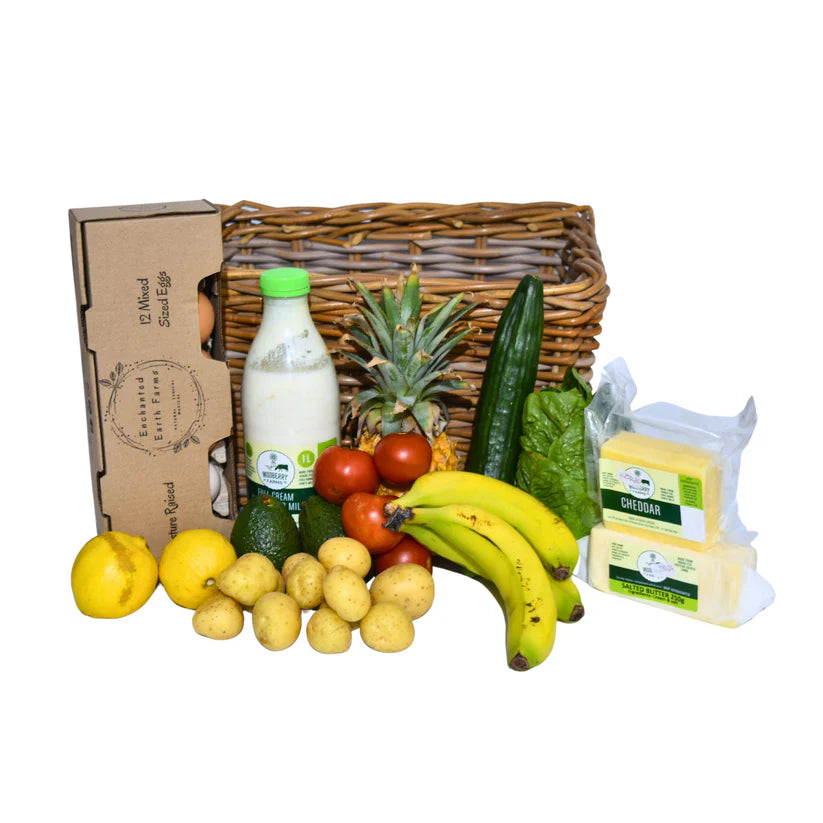Article Summary:
-
Onions need a warm, sunny spot with well-drained soil and a pH between 6.0 and 7.0. Raised beds are ideal for improving drainage.
-
Plant onion sets so the pointed tip only just shows above the soil surface, spacing them 2-4 inches apart in rows 10-12 inches apart. For onion plants, space them 4-6 inches apart in rows 8-12 inches apart and plant them 1 inch deep.
-
Water regularly, especially after fertilizing, but avoid overwatering. Onions are heavy feeders and benefit from regular fertilization during the growing season
Onions are a kitchen staple, adding flavor and depth to countless dishes. Growing your own onions can be surprisingly rewarding, providing you with flavorful, fresh produce right from your backyard. Whether you're a seasoned gardener or just starting out, this guide will walk you through the process of planting onions, from selecting the right varieties to preparing your soil and ensuring a bountiful harvest. Get ready to learn the secrets to growing healthy, delicious onions and enjoy the satisfaction of harvesting your own homegrown crop.
A beginner's guide to planting onions
Onions are a kitchen staple, adding flavor and depth to countless dishes, and growing organic onions your own can be surprisingly rewarding. Whether you're a seasoned gardener or just starting out, understanding the basics of planting onions from seed is key to a successful harvest. This guide will walk you through the process, from starting seeds indoors for a head start to transplanting seedlings and ensuring they thrive in your garden. Get ready to learn the secrets to growing healthy, delicious onions right in your backyard.
For those in regions with shorter growing seasons, starting onion seeds indoors about 8 to 10 weeks before the last spring frost is a great way to get a head start. Use a fluffy seed starting mix and maintain consistently damp soil, providing at least 12 hours of bright light per day after germination. Sow seeds about 1/4 to 1/2 inch deep. To maximize space, plant 6 to 12 onion seeds per seed starting container and gently tease them apart at planting time. Trim the tips of the greens down to 3 or 4 inches once the seedlings reach 5 or 6 inches to encourage stronger root development and prevent flopping. Alternatively, you can plant onion seeds directly outside in late winter to early spring, as soon as the ground is no longer frozen, but germination rates may be slower.
Before transplanting seedlings, be sure to harden them off to prevent transplant shock. Gently separate clusters of seedlings, taking care to break as few roots as possible. Create a hole deep enough to accommodate the seedling’s roots and bury the seedling so the base is about a half-inch to an inch deep. Plant each onion seedling 4 to 6 inches apart, or closer if you plan to harvest them as green onions. Onions thrive in a location that receives full sun and has good, loose soil of moderate to high fertility with adequate moisture. Keep weeds hoed when they are small because onions don’t compete well with weeds.
Choosing varieties and timing it right
Success in planting onions hinges on two key factors: choosing the right variety and timing your planting appropriately. Onions are categorized based on the amount of daylight they need to form bulbs, falling into long-day, short-day, and intermediate-day varieties. Understanding these categories is crucial for selecting onions that will thrive in your specific climate and growing conditions.
Long-day onions, requiring 14 to 16 hours of sunlight, are best suited for northern regions and include popular varieties like Yellow Sweet Spanish and Walla Walla Sweet. Short-day onions, needing only 10 to 12 hours of sunlight, thrive in milder climates such as the southern United States, with Red Creole and Crystal White Wax being common choices. Intermediate-day onions, bulbing with 12 to 14 hours of daylight, are adaptable to a wider range of regions, offering more flexibility. Furthermore, consider your culinary goals when choosing a variety, such as pickling, caramelizing, or fresh use.
The timing of your planting is equally important. Short-day onions can be planted in the fall in areas with mild winters for a spring harvest, while long-day onions are typically planted in the spring. It's essential to consider your growing zone and the specific requirements of the chosen variety. Regardless of the type, onions grow best in full sun and loose, well-drained soil with plenty of organic matter. Prioritizing personal taste preferences and regional conditions will help you choose the best onion varieties for your garden and ensure a bountiful harvest.
A step-by-step guide to planting onions
Onion sets, small and immature onion bulbs, offer an easy and efficient way to grow full-sized onions in your garden. This step-by-step guide will walk you through the process of planting onion sets successfully, from preparing the soil to watering and mulching. By following these simple instructions, you'll be well on your way to harvesting your own flavorful onions.
The first crucial step is preparing the soil. Onions thrive in fertile soil with good drainage, so amend your soil with compost and organic matter to enhance its quality. The ideal soil pH should be between 6.0 and 7.0. For optimal growth, consider using a fertilizer with a higher middle number, such as 10-20-10. Dig a trench, sprinkle the fertilizer, and cover it with soil to avoid direct contact with the onion sets. Next, carefully select your onion sets and space them 4 to 6 inches apart for large bulbs or as close as 3 inches apart if you plan to use them as green onions.
When planting the onion sets, gently push them into the loose soil up to the neck, ensuring the pointy tip faces upward. Plant them 1 to 2 inches deep. After planting, water the onion sets well, providing a good soaking each day until they begin growing new green tops, then reduce watering to every other day. Finally, apply mulch around your onions to help suppress weeds, preserve soil moisture, and keep the onions cool. With these simple steps, you'll be well on your way to enjoying a bountiful harvest of homegrown onions.
Soil prep planting and care tips
Success in planting onions hinges on two key factors: choosing the right variety and timing your planting appropriately. Onions are categorized based on the amount of daylight they need to form bulbs, falling into long-day, short-day, and intermediate-day varieties. Understanding these categories is crucial for selecting onions that will thrive in your specific climate and growing conditions.
Long-day onions, requiring 14 to 16 hours of sunlight, are best suited for northern regions and include popular varieties like Yellow Sweet Spanish and Walla Walla Sweet. Short-day onions, needing only 10 to 12 hours of sunlight, thrive in milder climates such as the southern United States, with Red Creole and Crystal White Wax being common choices. Intermediate-day onions, bulbing with 12 to 14 hours of daylight, are adaptable to a wider range of regions, offering more flexibility. Furthermore, consider your culinary goals when choosing a variety, such as pickling, caramelizing, or fresh use.
The timing of your planting is equally important. Short-day onions can be planted in the fall in areas with mild winters for a spring harvest, while long-day onions are typically planted in the spring. It's essential to consider your growing zone and the specific requirements of the chosen variety. Regardless of the type, onions grow best in full sun and loose, well-drained soil with plenty of organic matter. Prioritizing personal taste preferences and regional conditions will help you choose the best onion varieties for your garden and ensure a bountiful harvest.
Common problems and solutions
Growing onions, while rewarding, can present various challenges, from fungal diseases to pest infestations and environmental stressors. Being aware of these potential issues and knowing how to address them is crucial for a successful harvest. Overwatering, bolting, improper planting depth, and overcrowding are common culprits that can hinder onion growth and bulb development. Addressing these issues promptly can help salvage your crop and prevent further damage.
Several diseases can also plague onion crops, including onion white rot, downy mildew, and pink root. Onion white rot causes yellowing foliage, watery spots, and white mycelium, while downy mildew manifests as pale green or yellow patches that develop into purple mold. Pink root, a soilborne disease, causes pink discoloration and stunted roots. Preventative measures, such as choosing healthy seeds, rotating crops, and ensuring proper spacing and air circulation, are essential for minimizing the risk of these diseases.
Addressing these common problems requires careful observation and prompt action. Ensure proper watering practices, plant bolt-resistant varieties, and avoid planting too deep or too close together. For diseases, implement preventative measures and consider using disease-resistant varieties. By understanding these common problems and implementing appropriate solutions, you can overcome challenges and maximize your onion harvest.










